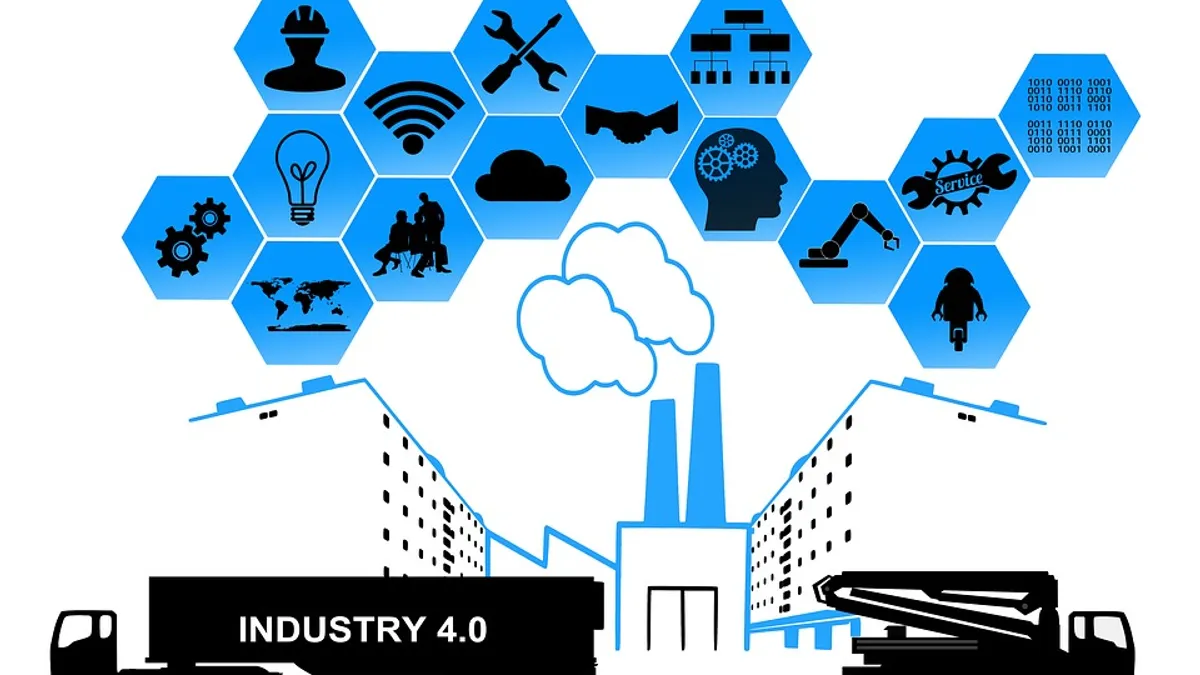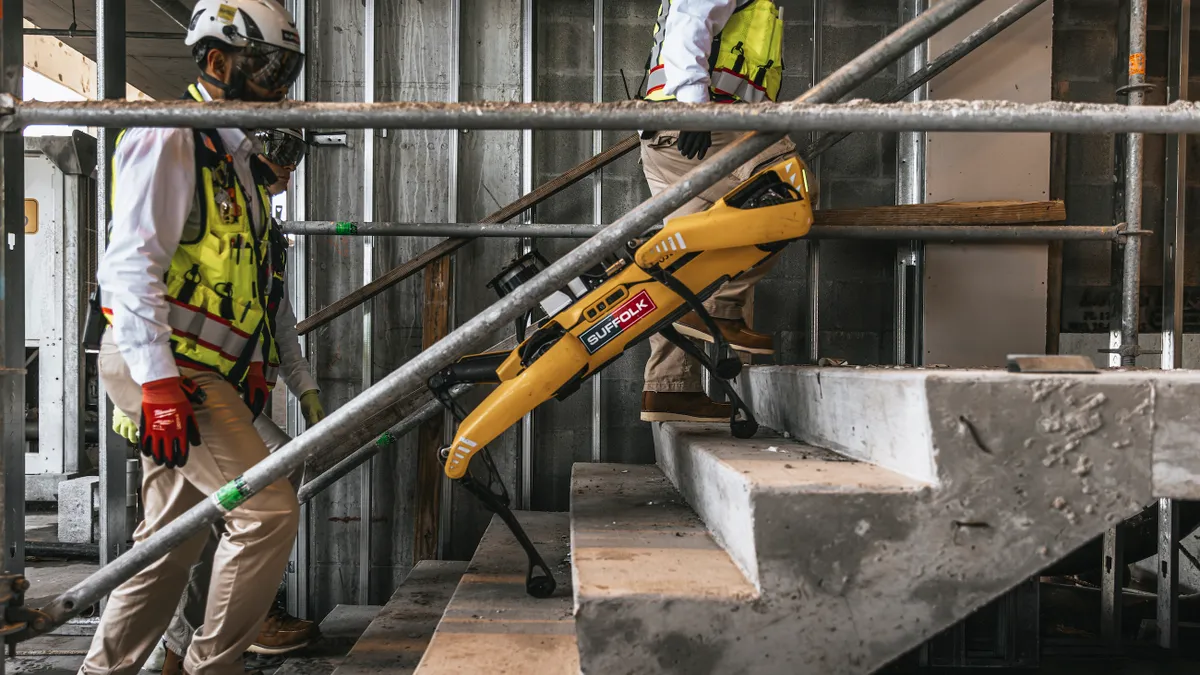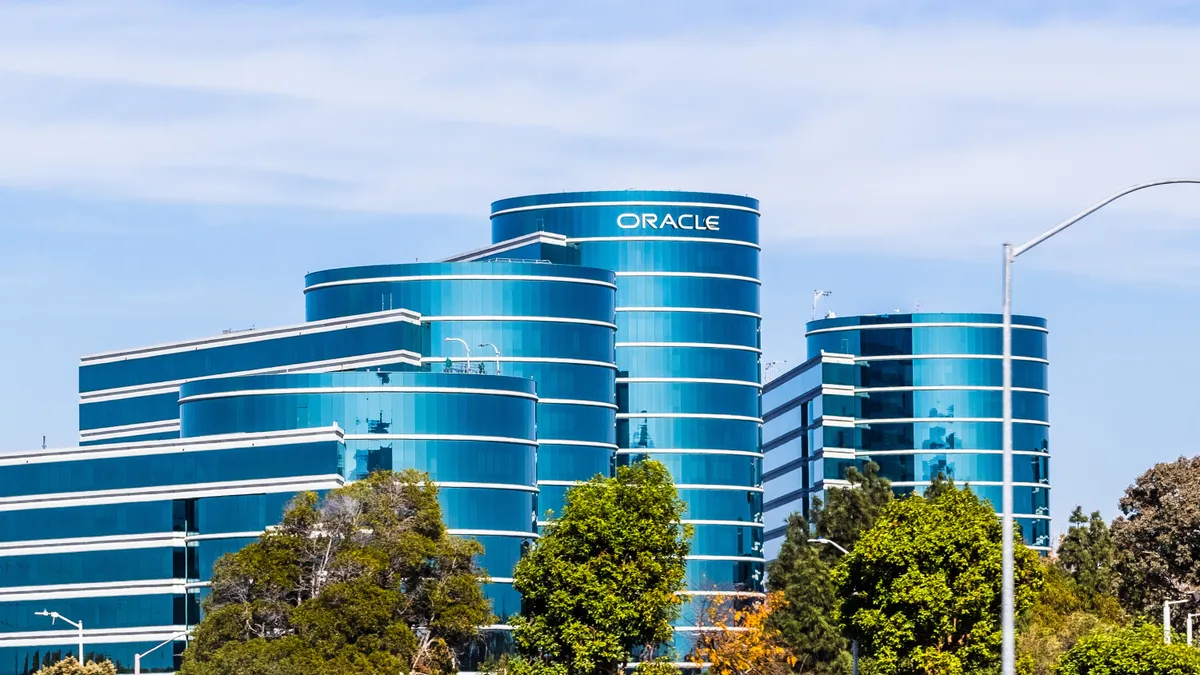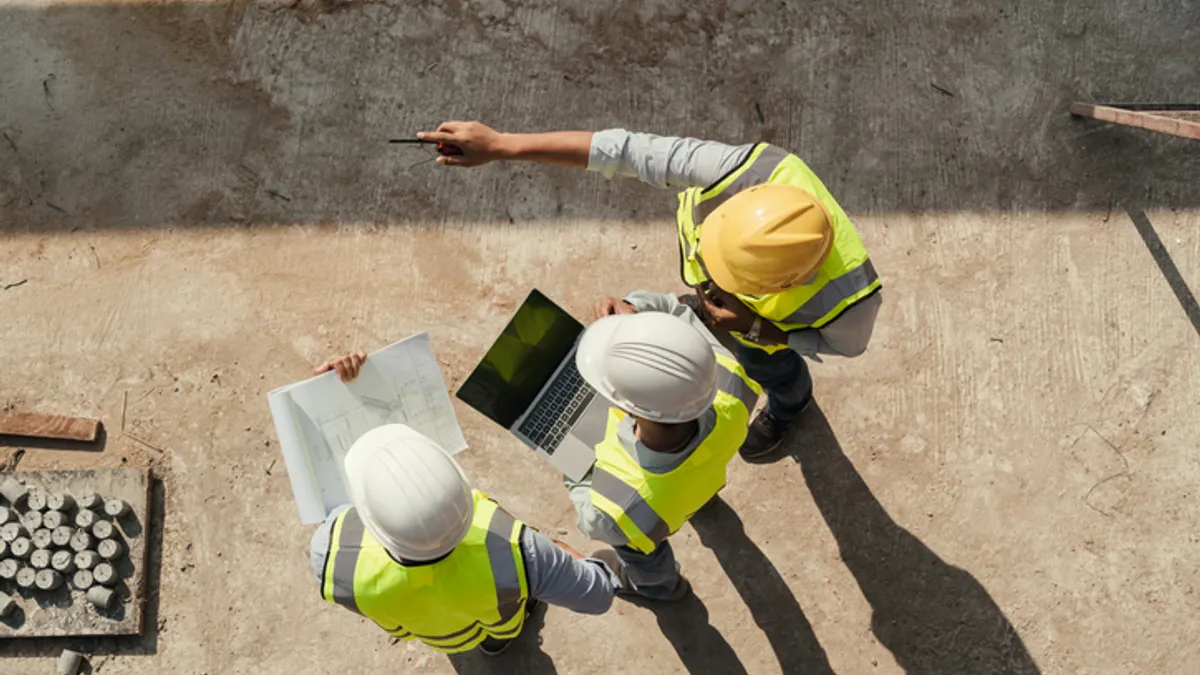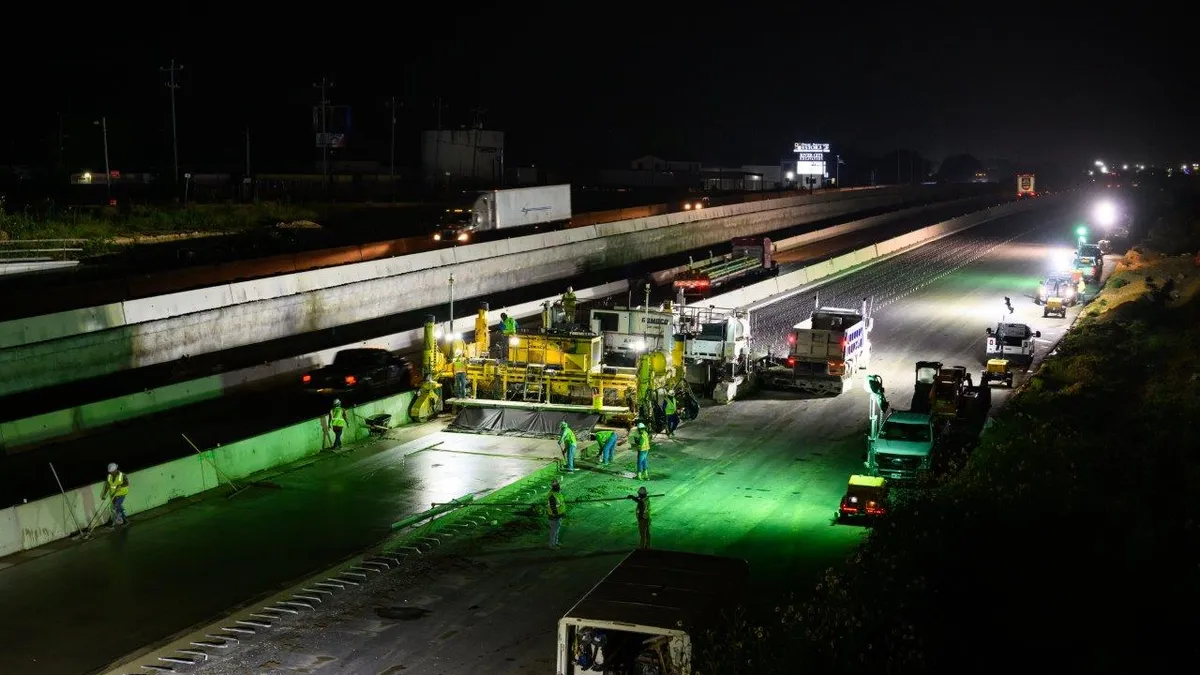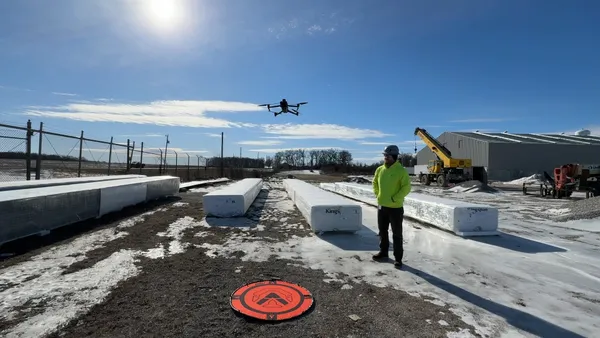The construction industry may be under-digitized, but a growing number of firms are making their jobsites “smarter" by taking advantage of a connected, internet of things ecosystem.
IoT, in its broadest sense, refers to the network of devices and people that harness and exchange data while connected to the internet. Laptops, cell phones, tablets and other devices embedded with computing systems all play a part in this ecosystem, which allows workers to access up-to-date project documents on their mobile devices, for example, or share data with project stakeholders across the country.
IoT-enabled sensors further expand this ecosystem by turning any object, not just a computer or mobile device, into a source of data on that object and its environment.
Sensors can be used “on more or less everything on the jobsite,” Triax Technologies CEO Chad Hollingsworth told Construction Dive. “The real future is not so much the data collection as it is the ecosystem coming together around that data.”
Here are three areas in which sensors are building a connected network that helps contractors access data they couldn’t before and prevent problems before they occur.
Protecting workers
Wearable sensors can help keep workers safe by detecting injuries and proximity to high voltage; measuring body temperature, perspiration and heart rate; and flagging dangerous behaviors like drowsiness or distractedness.
Triax Technologies’ Spot-r tracking system, for example, clips onto workers’ belts and instantly alerts others onsite when a worker has tripped or fallen. The sensors communicate with each other and relay data to the cloud via a mesh network, a system of interconnected nodes that creates connectivity throughout the site.
Massachusetts Institute of Technology researchers developed a similar network for their Safety++ suite of IoT-enabled wearable technologies. Along with jackets that alert workers to harmful toxins and decibel levels, the research team designed work shoes with embedded sensors that can detect whether a worker is carrying a dangerously heavy load. When the user attempts to lift the object, the sensor puts out a message to nearby workers who can come help and minimize risk of injury.
Preventing damage and loss
Safety risks for workers clearly aren’t the only hazards involved on the construction jobsite. Changes to the work environment in the form of fires, water infiltration or spikes in humidity also can cause significant damage to materials and equipment onsite.
Pillar Technologies designed sensors that are placed throughout a site to provide data on temperature, humidity, dust particulates and more. When one sensor is mounted per 2,000 square feet of space, the system sheds light on long-term trends, like an uptick in humidity or other environmental risks that could go undetected until it’s too late.
CEO Alex Schwarzkopf described the system as “a scalable nervous system for construction projects.” He told Construction Dive that the sensors helped several contractor clients avert water damage from a burst pipe by sending them a notification when temperatures were approaching freezing.
Having real-time data to proactively address a risk, with a solution as simple as placing a space heater on site, can save anywhere from tens of thousands of dollars to $1 million depending on the project, he said.
Optimizing assets
Most pieces of construction equipment incorporate sensors, but the huge amounts of data these sensors collect are often siloed and can be tough to gather cohesive insights from. As data is increasingly centralized in the cloud and other networks, tech companies are better able to organize information and recommend ways contractors can make the best use of their machines.
By analyzing data from existing equipment sensors along with add-ons, in some cases, telematics firm Uptake says it can help fleet managers determine optimal equipment needs, manage fuel spending and monitor operator safety. The company’s system uses machine learning and predictive analytics to flag equipment issues that could lead to failures later on, so that managers can proactively arrange upkeep, repairs or substitutes before a full breakdown.
Equipment rental company EquipmentShare, for example, offers an advanced telematics system called ES Track, which provides real-time equipment location and usage data. EquipmentShare president Willy Schlacks told Construction Dive last year that the more machines are outfitted with sensors, the closer the industry will be to advanced data sharing and widespread use of robotics.


